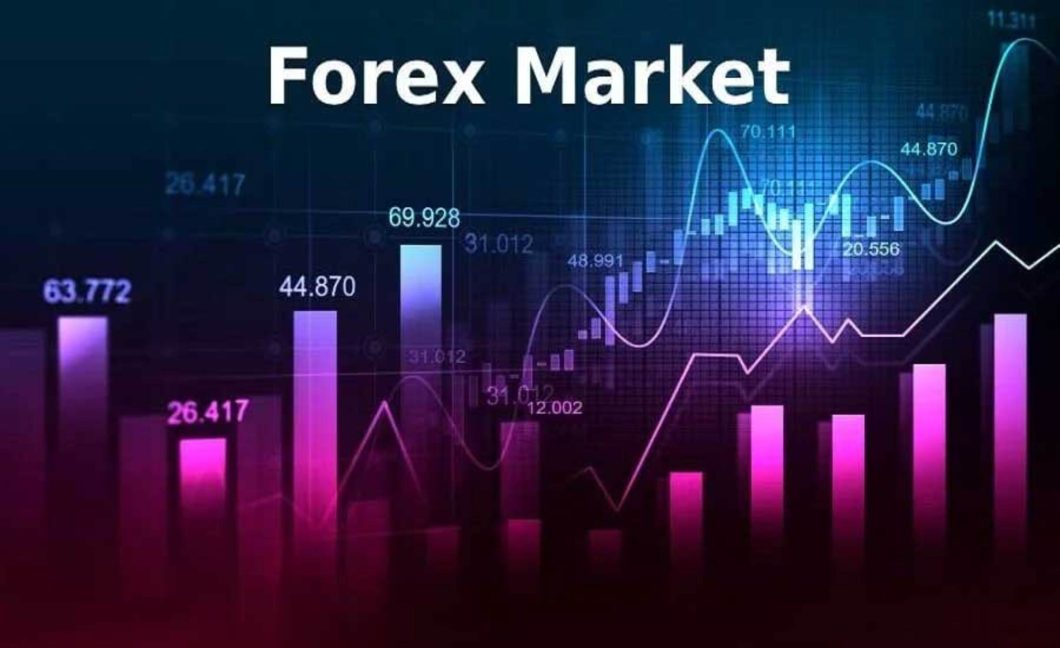The foreign exchange market, more commonly known as the forex market, is the largest and most liquid financial market in the world. It is where currencies are traded, allowing individuals, institutions, and governments to buy and sell different currencies based on their needs. Understanding how the forex market operates is crucial for anyone looking to participate in this dynamic and constantly evolving market.
Definition and Characteristics of the Forex Market
The forex market is a decentralized market where currencies are traded globally. It operates 24 hours a day, five days a week, allowing for continuous trading. Unlike stock markets, there is no central exchange in the forex market. Instead, trading is done electronically over-the-counter (OTC), meaning that transactions are conducted directly between buyers and sellers. The main characteristic of the forex market is its high liquidity, making it easy to enter and exit positions at any time.

Major Players in the Global Forex Market
- Central Banks: Central banks play a significant role in the forex market by regulating interest rates, money supply, and inflation. They often intervene in the market to stabilize their country’s currency or to achieve other economic objectives.
- Commercial Banks: Commercial banks are key players in the forex market as they facilitate transactions for their clients, such as businesses and individuals. They also engage in speculative trading to profit from currency movements.
- Hedge Funds and Investment Firms: Hedge funds and investment firms trade large volumes in the forex market to generate returns for their clients. They often use sophisticated trading strategies and tools to capitalize on market opportunities.
Liquidity and Trading Hours of the Forex Market
The forex market is known for its high liquidity, with an average daily trading volume exceeding $6 trillion. This high liquidity means that traders can easily enter and exit positions without significant price fluctuations. The forex market operates 24 hours a day, five days a week, starting from the Asian session on Sunday evening and closing with the New York session on Friday evening. This round-the-clock trading allows traders from different time zones to participate in the market.
Factors Influencing Exchange Rates in Forex Trading
- Economic Indicators: Economic indicators such as GDP growth, inflation, and employment data can influence exchange rates. Positive economic data typically strengthens a country’s currency, while negative data can weaken it.
- Geopolitical Events: Political instability, wars, and trade disputes can impact exchange rates. Uncertainty in the geopolitical landscape can lead to volatility in the forex market.
- Interest Rates: Central banks’ decisions on interest rates have a significant impact on exchange rates. Higher interest rates generally attract foreign investment, strengthening a currency.
Conclusion: Navigating the Complexities of the Forex Market
The forex market is a dynamic and fast-paced market that offers opportunities for traders to profit from currency fluctuations. Understanding the key players, trading hours, and factors influencing exchange rates is essential for navigating the complexities of the forex market. By staying informed and using risk management strategies, traders can capitalize on market opportunities while managing their exposure to risk. Whether you are a seasoned trader or a newcomer to forex trading, staying informed and adapting to market conditions is key to success in this ever-changing market.
Comparison Table: Major Players in the Global Forex Market
| Major Players | Description |
|---|---|
| Central Banks | Regulate interest rates, money supply, and inflation. Intervene in the market to stabilize currency. |
| Commercial Banks | Facilitate transactions for clients. Engage in speculative trading. |
| Hedge Funds and Investment Firms | Trade large volumes with sophisticated strategies. Generate returns for clients. |


Forex market operating 24/5 is cool, makes it accessible for everyone!
“The influence of geopolitical events on exchange rates is an eye-opener.”
I didn’t know forex was so big, over $6 trillion daily is massive!
Economic indicators like GDP and inflation really affect exchange rates? That’s new info for me!
I learned that commercial banks also engage in speculative trading, not just facilitating transactions.
“Hedge funds use sophisticated strategies to trade in forex? Seems complex but fascinating!”
The part about central banks regulating interest rates was interesting to me.